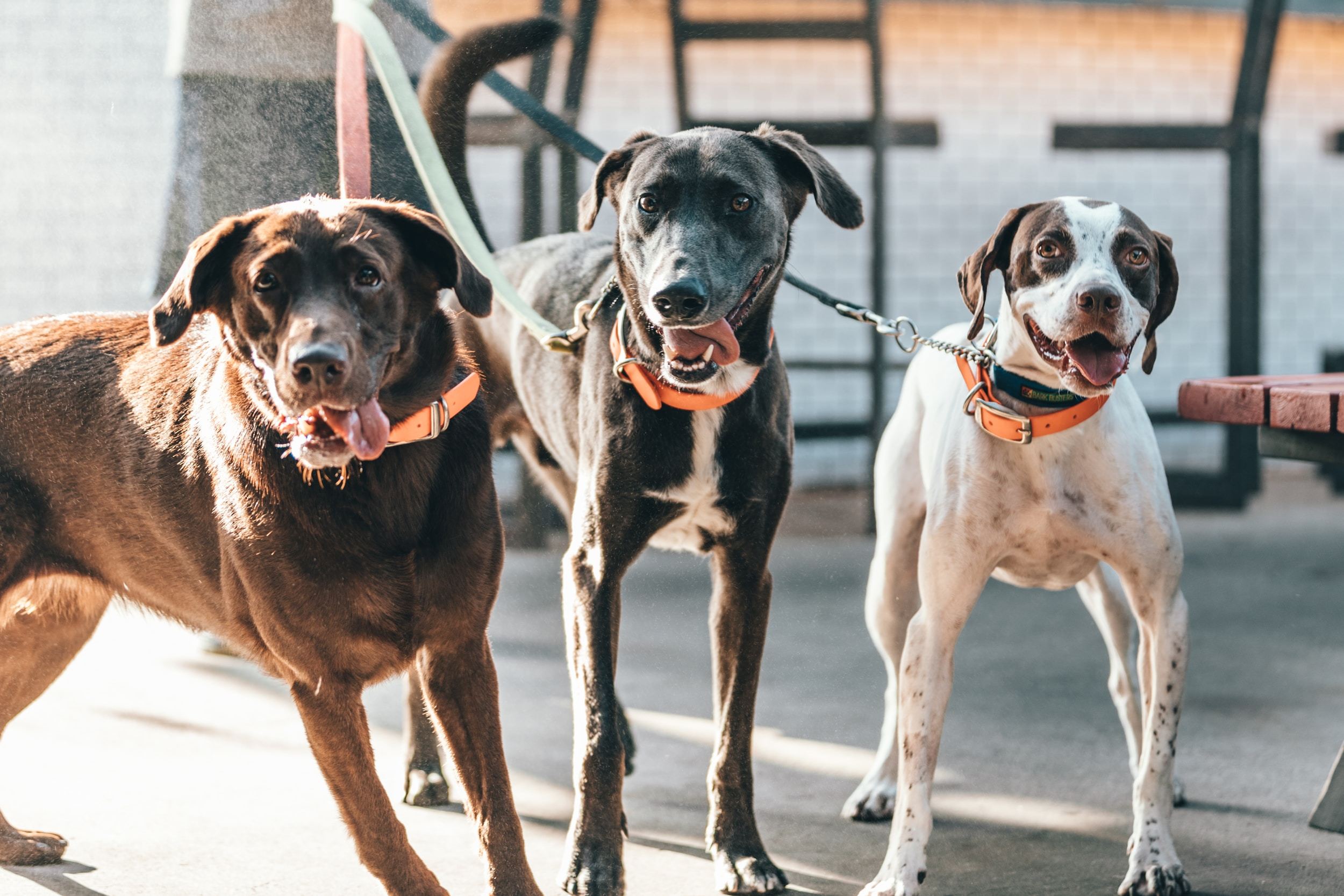Coping with Canine Separation Anxiety: Strategies for a Happier Dog and Owner
Dogs are known for their loyalty and affection, often forming strong bonds with their human companions. While this deep connection is heartwarming, it can also lead to a common issue known as canine separation anxiety. Separation anxiety occurs when dogs become distressed or anxious when left alone, resulting in various behavioral problems. It can be a challenging condition for both dogs and their owners, but with the right strategies and understanding, it can be managed effectively. In this comprehensive guide, we will explore the causes, symptoms, and coping strategies for canine separation anxiety to help both dogs and their owners lead happier lives.

Understanding Canine Separation Anxiety
Canine separation anxiety is a condition where dogs become emotionally distressed when separated from their owners. It can manifest in a variety of ways, including destructive behavior, excessive barking, urinating or defecating indoors, and other signs of distress. While it is more common in dogs that have experienced changes in their living situation or have been abandoned, it can affect dogs of all ages and breeds.
Causes of Separation Anxiety
Several factors can contribute to separation anxiety in dogs:
- Puppyhood Trauma: Puppies that have experienced early trauma, such as being abandoned or separated from their mother too soon, are more prone to separation anxiety.
- Sudden Lifestyle Changes: A sudden change in the owner's schedule, a move to a new home, or the addition of a new family member (human or pet) can trigger separation anxiety.
- Over-Attachment: Dogs that are overly attached to their owners may become anxious when left alone.
- Lack of Socialization: Insufficient socialization and exposure to different environments can lead to insecurity and separation anxiety.
Recognizing the Symptoms
The signs of separation anxiety can vary from dog to dog, but common symptoms include:
- Excessive barking or howling when left alone.
- Destructive behavior, such as chewing furniture or digging.
- Pacing or restlessness.
- House soiling, even if the dog is housetrained.
- Attempts to escape confinement, such as breaking out of crates or digging under fences.
- Excessive salivation or drooling.
Coping Strategies for Canine Separation Anxiety
Addressing separation anxiety requires patience and a combination of strategies to help your dog feel more secure when you're not around. Here are some effective coping strategies:
1. Gradual Desensitization
Gradually desensitize your dog to your departure cues. Start by performing actions that usually signal your departure, like picking up your keys or putting on your shoes, without actually leaving. Over time, this can reduce the anxiety triggered by these cues.
2. Counterconditioning
Create positive associations with your departure. Offer treats or engage in playtime when you leave, making your departure a more positive experience for your dog.
3. Create a Safe Space
Provide a secure and comfortable space for your dog when you're not home. A crate or a designated room with their favorite toys and a comfortable bed can help them feel safe.
4. Exercise and Mental Stimulation
Ensure your dog gets plenty of exercise and mental stimulation daily. A tired dog is less likely to become anxious when left alone.
5. Gradual Alone Time
Practice leaving your dog alone for short periods and gradually increasing the duration. Start with a few minutes and work your way up to longer absences.
6. Behavior Modification
Consult with a professional dog trainer or behaviorist experienced in separation anxiety. They can develop a behavior modification plan tailored to your dog's specific needs.
7. Medication
In severe cases, medication prescribed by a veterinarian may be necessary to manage separation anxiety. Medication can help reduce anxiety levels and make behavior modification more effective.
8. Avoid Punishment
Never punish your dog for their anxious behavior when you return home. Punishment can exacerbate anxiety.

Conclusion
Canine separation anxiety can be challenging, but it is a condition that can be managed with patience, understanding, and the right strategies. By addressing the root causes and gradually helping your dog feel more comfortable when left alone, you can improve their overall well-being and prevent destructive behaviors. If you're struggling to cope with your dog's separation anxiety, consider seeking guidance from a professional dog trainer or behaviorist to develop a personalized plan for your furry companion.
Sources:
- American Veterinary Medical Association (AVMA). "Separation Anxiety." https://www.avma.org/resources/pet-owners/petcare/separation-anxiety
- American Society for the Prevention of Cruelty to Animals (ASPCA). "Separation Anxiety." https://www.aspca.org/pet-care/dog-care/common-dog-behavior-issues/separation-anxiety
- The Humane Society of the United States. "Separation Anxiety in Dogs." https://www.humanesociety.org/resources/separation-anxiety-dogs
- Veterinary Centers of America (VCA). "Separation Anxiety in Dogs." https://vcahospitals.com/know-your-pet/separation-anxiety-in-dogs